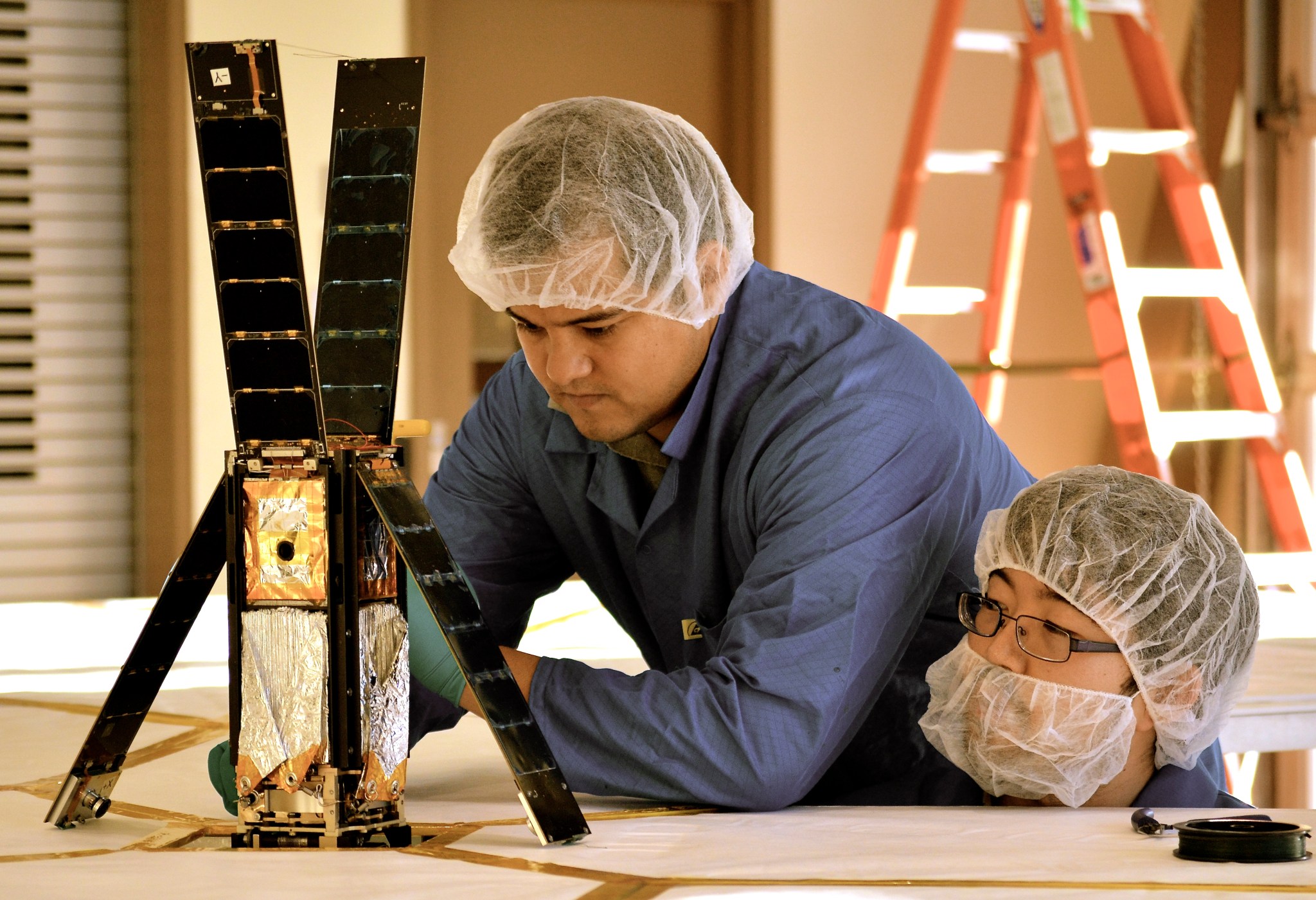With help from NASA, a small research satellite to test technology for in-space solar propulsion launched into space Wednesday aboard an Atlas V rocket from Cape Canaveral Air Force Station, Florida, as part of the agency’s CubeSat Launch Initiative.
The Atlas V sent the U.S. Air Force’s X-37B space plane on its fourth mission, which also is carrying NASA’s Materials Exposure and Technology Innovation in Space (METIS) investigation that will expose about 100 different materials samples to the space environment for more than 200 days.

The Planetary Society’s LightSail satellite is a technology demonstration for using solar propulsion on CubeSats, a class of research spacecraft called nanosatellites. Using the momentum transferred from solar photons as they strike a large, thin, reflective sail would allow a spacecraft to accelerate continuously using only the sun’s energy. NASA is considering the use of solar sails on future exploration mission secondary payloads, and data from this mission will advance understanding of this form of propulsion.
This first LightSail mission specifically is designed to test the spacecraft’s critical systems, including the deployment sequence for the Mylar solar sail, which measures 32 square meters (344 square feet). The Planetary Society is planning a second, full solar sailing demonstration flight for 2016.
NASA selected LightSail as part of the agency’s CubeSat Launch Initiative, which provides opportunities for small satellites to fly as auxiliary payloads on planned missions. It was assigned to a launch as part of as the 11th installment of the Educational Launch of Nanosatellite (ELaNa) mission.
The upper stage of the Atlas V included the National Reconnaissance Office’s third auxiliary mission to launch CubeSats. The Ultra Lightweight Technology and Research Auxiliary Satellite (ULTRASat) carried 10 CubeSats — including LightSail — from five organizations. It was made possible through agreements between NASA, the Air Force’s Space and Missile Systems Center and the National Reconnaissance Office to work together on CubeSat integration and launch opportunities.
The cube-shaped satellites measure about four inches on each side, have a volume of about one quart and weigh less than three pounds each. LightSail consists of three CubeSats bundled together. Individual CubeSat research projects may address science, exploration, technology development or education. During the next month, the LightSail team will receive data from the satellite in space. As part of its agreement with NASA, the Planetary Society will provide the agency a report on outcomes and scientific findings.
Since its inception in 2010, the CubeSat Launch Initiative has selected 110 CubeSats primarily from educational and government institutions around the United States. NASA will announce the next call for proposals in August 2015.
For more information about ELaNa, visit:
https://www.nasa.gov/mission_pages/smallsats/elana/
For more information about LightSail and the Planetary Society, visit:
http://sail.planetary.org
For additional information about NASA’s CubeSat Launch Initiative, visit:
http://go.nasa.gov/CubeSat_initiative
-end-
Stephanie Schierholz
Headquarters, Washington
202-358-1100
stephanie.schierholz@nasa.gov
Jason Davis
The Planetary Society, Pasadena, Calif.
626-389-8369
jason.davis@planetary.org
Loretta DeSio
National Reconnaissance Office, Chantilly, Va.
703-808-5050
desiolor@nro.mil

























